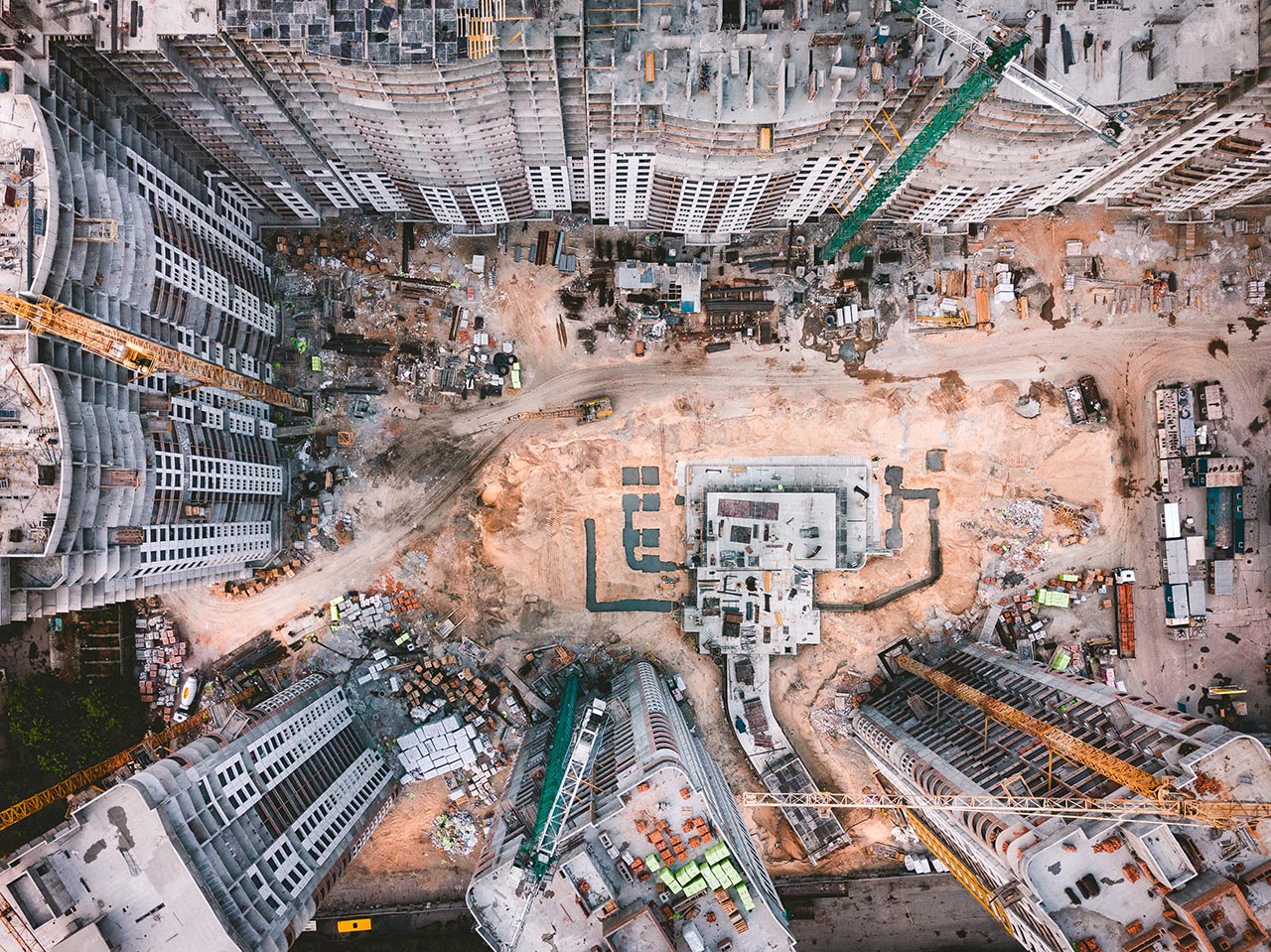The daily newspaper routinely reports construction accidents – one killed and three injured by falling rebar, a trench worker killed by a falling plate, a worker killed in a 53 story fall, and the stories continue.
A National Bureau of Labor Statistics report showed that California ranked second in the number of work related deaths, and that Los Angeles ranked 5th in the entire country. A study published by the California Division of Occupational Safety and Health reveals that construction accidents are the second-leading cause of death for California workers. In the five-year period between 2013 and 2017, there were 309 reported construction-accident deaths in California. On average, one construction worker dies in a work-related accident each week.
The Los Angeles construction industry is booming. From towers and skyscrapers going up on every other block in downtown LA, to huge residential projects across Hollywood, to a $2.5 billion, 80,000-seat stadium in Inglewood, the construction industry is keeping workers busy across the Southland. But with that breakneck level of construction comes the danger of construction accidents as contractors and employers push workers to meet deadlines while trying to meet budgets.
Injuries arise from risks which can be reduced by attention to compliance with federal and state safety laws for working conditions, hours, equipment care and training. Risks in construction work include:
- Falls (the single greatest risk in construction work)
- Electrocution and burns
- Defective or poorly-maintained machinery or tools
- Trench collapse injuries
Common causes of construction accidents include:
- Failure to follow federal and state safety laws and guidelines
- Failure to provide workers with proper safety equipment
- Extended working hours, leading to worker fatigue and oversight
- Lack of proper training
- Lack of employer safety planning
A research project reviewed construction accidents in several cities including Los Angeles, and based on statistical data made a series of recommendations to reduce the frequency of construction worker injuries and death at the design stage.
- The construction industry should implement the concept of designing for construction safety as a standard practice to reduce safety risks to workers. This process involves recognizing risks and minimizing them in the design phase of each project.
- Designers should include fall protection in specifications for roofs, skylights, and structural steel construction.
- Designers should include barriers and other measures that prevent contact with electrical and other utilities.
- Designers should consider incorporating design-for-safety measures in all types of projects (residential, commercial, and industrial) as well as new projects, renovation, and demolition.
- Root-cause accident analysis and other accident investigations should routinely consider whether design-for-safety modifications could have prevented the incident.
- The U.S. Department of Health and Human Services should consider broad-based methods and initiatives to integrate the concept of designing for construction safety into construction
State government is active in establishing standards for construction worker safety, and is increasingly vigilant in enforcement. Recent changes in the labor law regarding who is a private contractor and who is an employee will bring many workers under the protection of these labor standards and laws. The progress is valuable, but much more needs to be done before the daily newspaper can stop reporting the deaths and injuries to Los Angeles construction workers.

